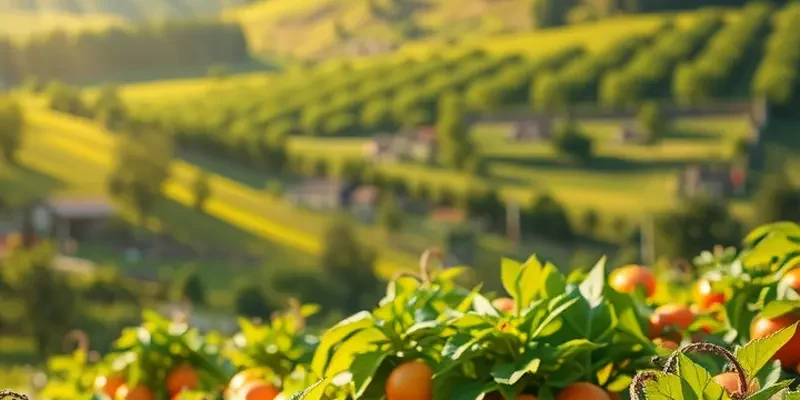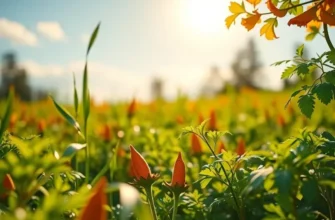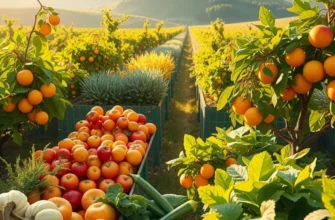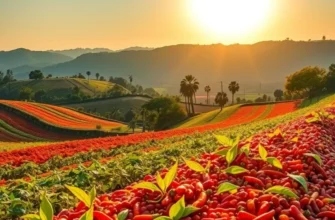Food preservation has a rich history that stretches across cultures and generations. From sun-drying to smoking, ancient techniques were developed out of necessity, combining ingenuity with local resources. This exploration of time-honored methods reveals not only practical uses but also deep cultural connections to food, storytelling, and community rituals.
The Art of Drying: Nature’s First Refrigerator

Drying food, one of humanity’s oldest preservation techniques, harnesses natural elements to sustain life and flavor across cultures. This method involves removing moisture to protect against spoilage, achieved by exposing foods to sunlight or wind until they lose a substantial amount of water content. The result is a lightweight, nutrient-dense food with extended shelf life, exemplified by delicacies like jerky, dried fruit, and sundried vegetables.
Historically, the practice of drying has seen various adaptations. In arid regions, like the Middle East, the sun provides an abundant source of energy. Here, equatorial heat is harnessed to dry figs, dates, and apricots, turning fresh fruits into long-lasting, sweet treats rich in flavor and nutrition. Similarly, the Indigenous peoples of North America developed techniques to dry meat, crafting what is globally recognized today as jerky. They dried venison and buffalo by slicing the meat into thin strips, then suspending it above smoldering fires or laying it on rocks beneath the sun.
In cooler climates, drying techniques required innovation. Nordic societies, faced with lengthy winters, developed drying methods using cold winds. Fish was air-dried to produce renowned staples such as stokfish and lutefisk. This cold drying process not only preserved the fish but also concentrated its flavor, drawing out a distinct and sought-after taste profile.
Cultural variations in drying methods often emerged as a direct response to environmental factors. The community was integral to the drying process, as it demanded collective effort and local expertise. Drying racks, built in ideal locations to maximize exposure to sunlight or airflow, often became community meeting points. Shared experiences and generational knowledge ensured consistent quality and safety of preserved foods.
The choice of drying location and technique also played a critical role in developing unique culinary traditions. In parts of Italy, grapes dried to produce raisins or vin santo, a sweet dessert wine, highlight how drying processes can deepen and diversify regional gastronomy.
Understanding food safety during drying is essential, as improper moisture removal can lead to spoilage or contamination. Modern drying methods have integrated scientific advancements to ensure efficiency and safety, but ancient practices remain foundational. To those interested in exploring home drying, awareness of environmental conditions and the use of appropriate storage techniques are vital to prevent waste. For further guidance, consider exploring eco-friendly storage solutions, which offer practical insights on maintaining dried foods while reducing kitchen waste: Eco-Smart Kitchen Storage.
Through drying, ancient communities displayed remarkable foresight and adaptability. This preservation method, still prevalent today, signifies humanity’s enduring relationship with nature and food. As we delve deeper into other traditional preservation methods, the art of drying remains a testament to the ingenuity and communal spirit of our ancestors.
Fermentation: The Alchemy of Flavor and Preservation
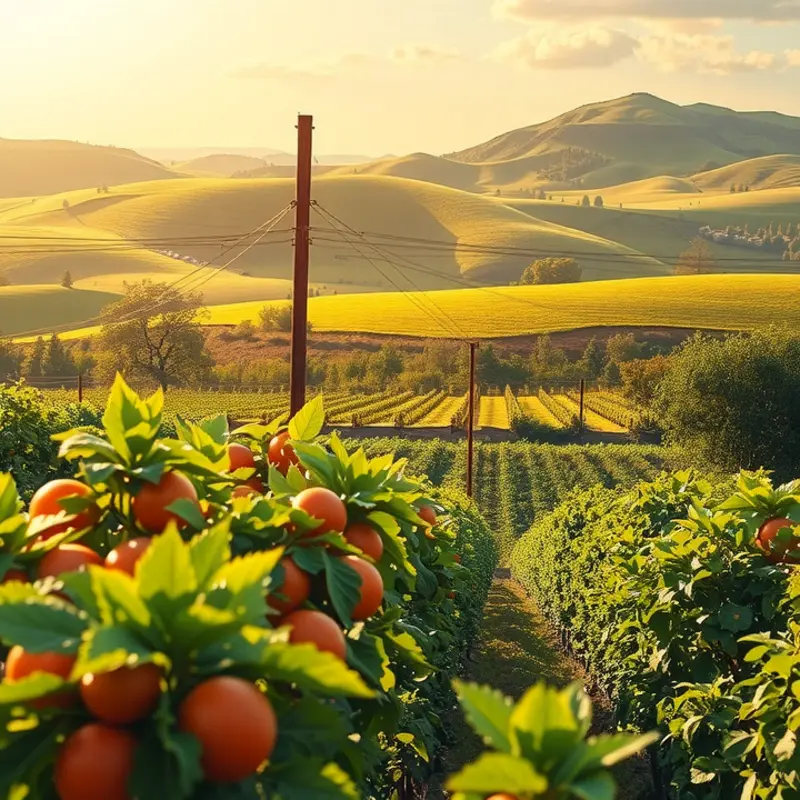
Fermentation is an ancient method of food preservation that transforms raw ingredients into new gastronomic wonders. Harnessing the power of microbes, fermentation has been practiced across various cultures to create complex flavors and extend the shelf-life of food.
In Korea, fermenting vegetables into kimchi is both an art and a staple of the diet. This spicy, tangy dish uses cabbage and radishes, enriched by lacto-fermentation. Lactic acid bacteria, thriving in the absence of oxygen, consume sugars and churn out lactic acid. This process not only preserves but also enhances flavor, creating a profile that ranges from sour to spicy. The fermentation of cabbage into sauerkraut follows a similar path in Central Europe. It illustrates how fundamentally different techniques can evolve concurrently across thousands of miles.
Fermentation represents a unique alchemy where microbes, given the right conditions, transform simple ingredients into nutritious powerhouses. Soybeans, through fermentation, become natto in Japan—a sticky, stringy dish with a robust umami flavor. Similarly, soy sauce and miso, key components of many Asian cuisines, rely on molds and specialized bacterial strains to break down proteins and sugars, creating unparalleled depth and complexity.
The science driving fermentation is a natural interplay of microorganisms like bacteria, yeast, and molds, each with distinct roles. For example, yeast plays a pivotal part in alcoholic fermentation, converting natural sugars into alcohol and carbon dioxide. This reaction lies at the heart of beer and wine production and forms the base for traditional breads.
Despite the ancient origins of fermentation, its benefits remain relevant today. Fermentation not only ensures food safety by reducing harmful pathogens but also enriches foods with probiotics—live beneficial microorganisms that aid digestion and boost the immune system. Discover more about these non-dairy probiotics in our guide.
In the Andes, chicha, a fermented corn drink, serves social and ceremonial purposes, while in Africa, injera—a fermented teff-based flatbread—holds significant cultural and nutritional importance. These examples highlight fermentation’s global reach and adaptability to diverse environments and ingredient availability.
The art of fermentation speaks to a wisdom passed through generations. It transforms humble ingredients into nutritious, flavorful, and safe food sources. Delving into the world of fermentation is like unearthing a rich tapestry of cultural identities and shared human ingenuity.
Final words
Ancient food preservation methods such as drying and fermentation not only extend the life of food but also tell unique stories of cultural diversity and ingenuity. These techniques reflect a profound respect for nature and an understanding of the ingredients at hand. By embracing these traditional practices, modern cooks can add richness and variety to their culinary experiences, forging a connection with the past while cherishing the flavors of today. Explore these timeless skills and discover how they can enhance your own cooking endeavors.

